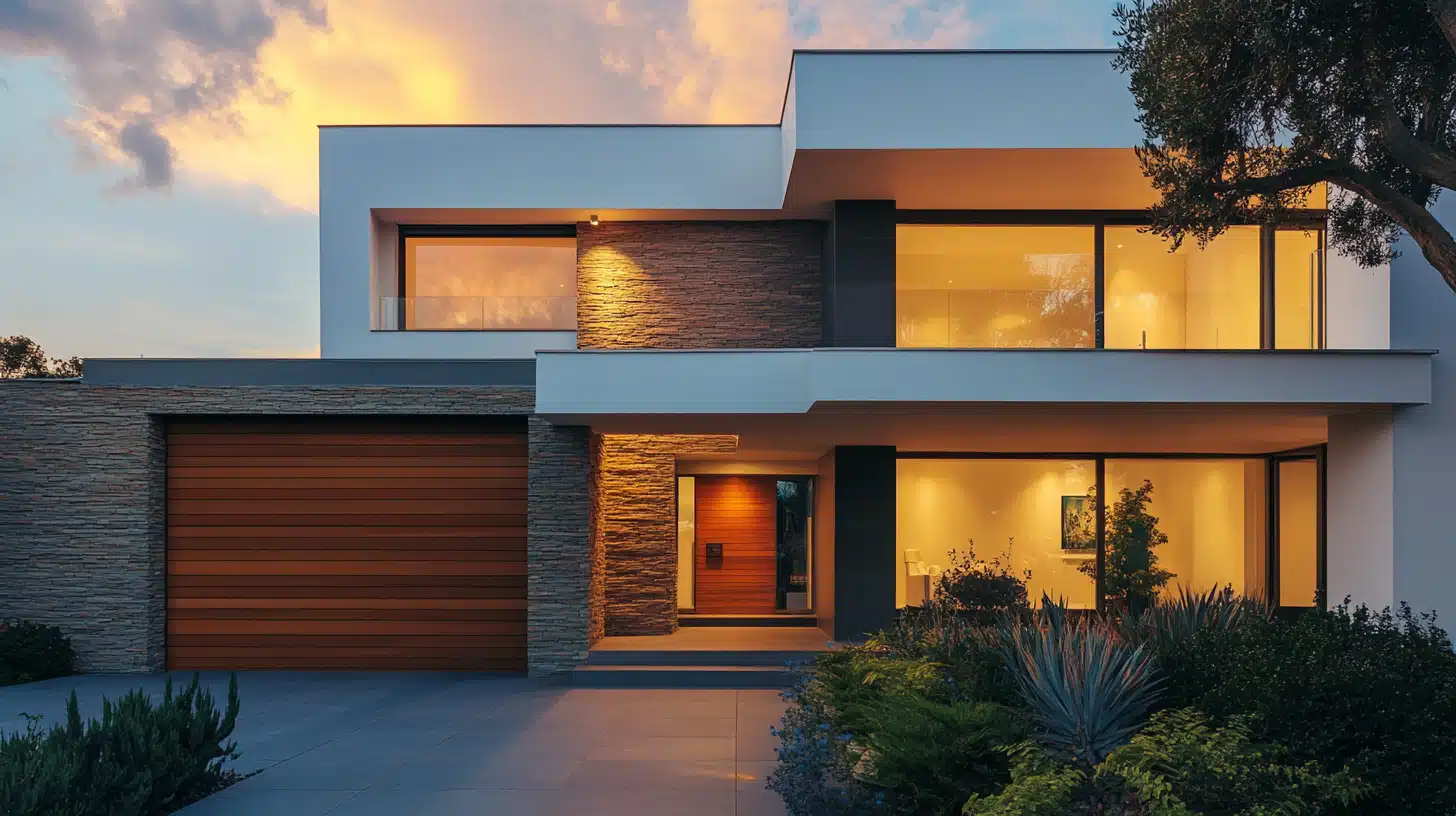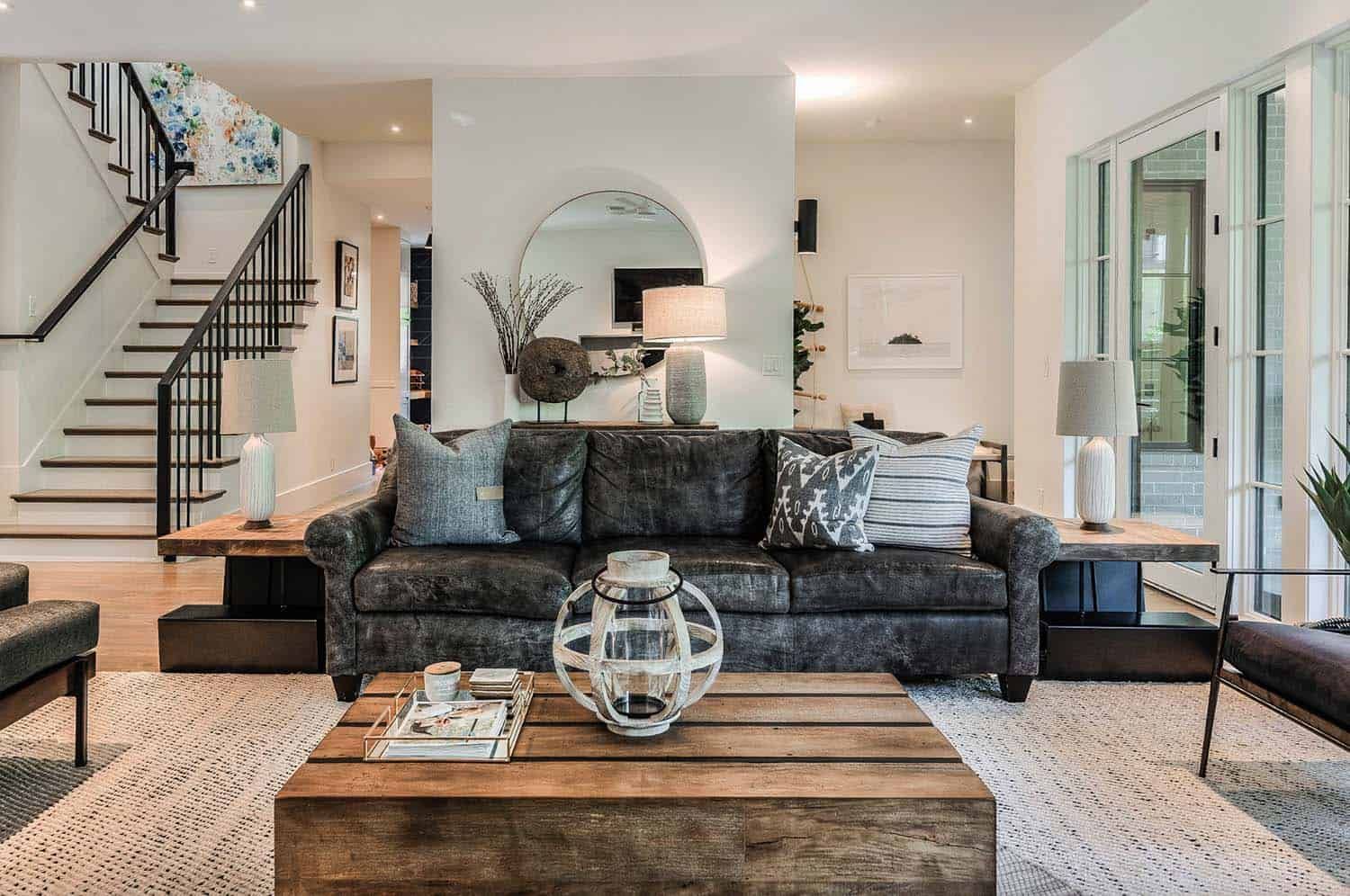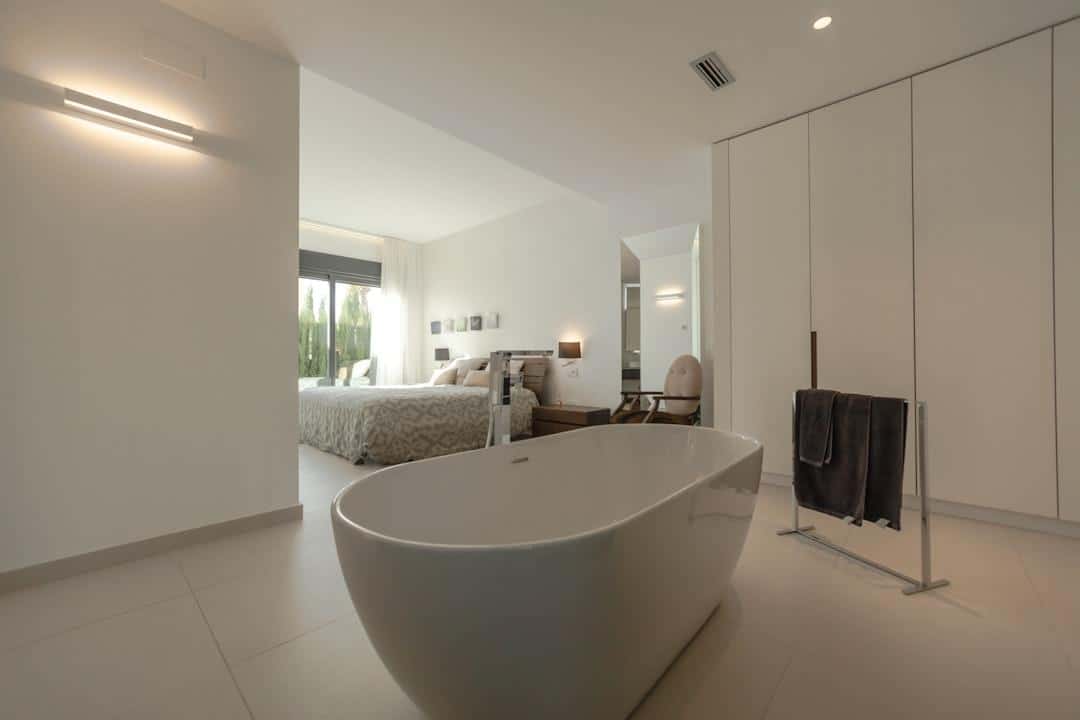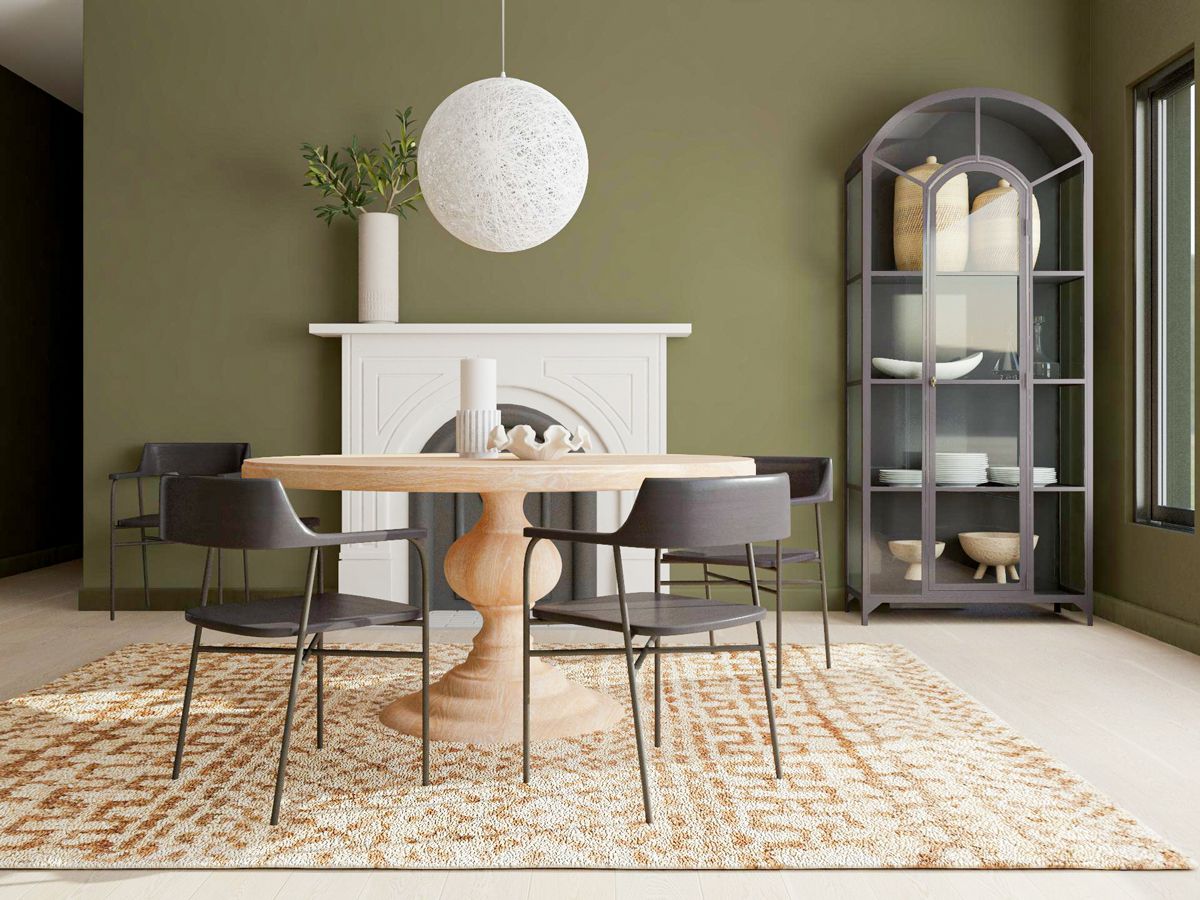Smart Home Solutions: Access Panels in Modern Residential Construction
Smart homes are becoming more popular as they promise convenience and efficiency. These residential buildings use interconnected devices to automate various tasks.
In the past, access panels were just plain covers to hide electrical boxes and pipes. Now, they are becoming an important part of smart homes.
Let’s see how access panels are turning into clever solutions that make modern residential and commercial buildings look and work better.
Access Panels as a Critical Component of Any Building
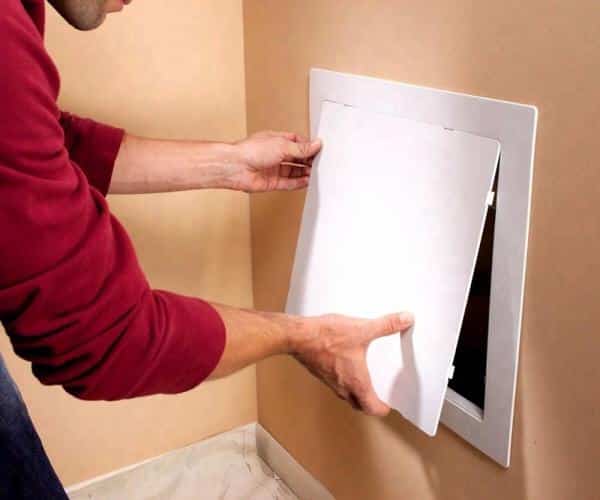
An access panel is a cover that provides access to hidden parts of a building, like electrical boxes, pipes, or HVAC systems.
For many years, people incorporated them into their construction projects to make equipment repair and maintenance easier. They usually put these panels where others won’t easily see them, so the room still looks nice.
These access panels have been purely functional, often overlooked as they blend into the wall or ceiling. But now, they are becoming important parts of modern residential and commercial buildings.
The Evolution of Access Panels for Smart Home Integration
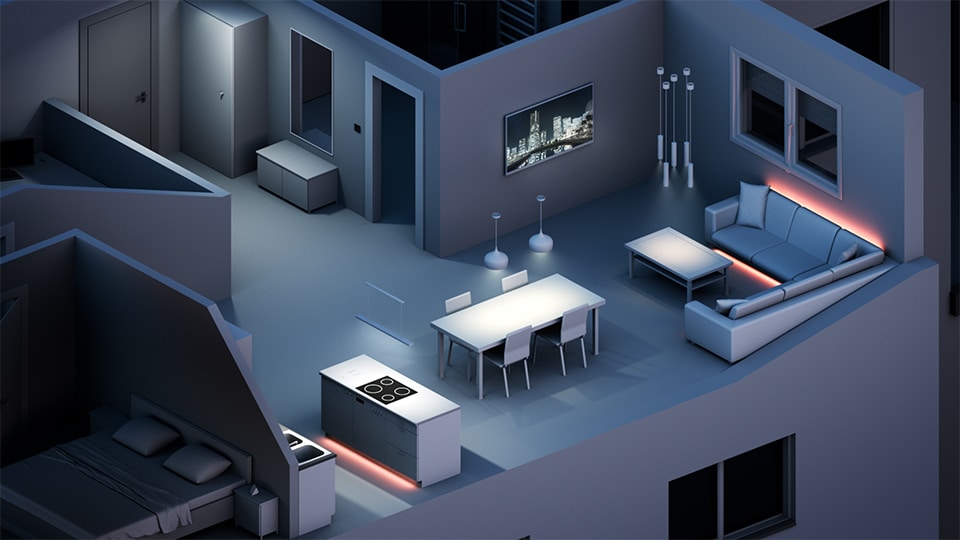
Access panels are evolving into design elements that seamlessly integrate with smart spaces. They contribute to a more connected and efficient building.
These panels can be integrated with automation systems to control lighting, HVAC, and security features. For example, an access panel housing a smart thermostat could allow for convenient temperature adjustments. Similarly, those concealing smart lighting controls can make light management easier.
In terms of security, access panels can be strategically placed to protect specific areas of a building. They can also conceal wiring, sensors, and control units to prevent intruders from targeting them.
Access panels now come in many styles and looks. This means you can choose panels that match your construction project’s style and needs.
Choosing the Right Access Panel for Smart Buildings

The type of access panel you choose depends on various factors, including location, desired material, and specific purpose.
Where to Put the Access Panel
You can often find access panels on walls and ceilings. Wall-mounted panels are commonly used for accessing electrical outlets, plumbing, or HVAC systems. Ceiling panels, on the other hand, often provide access to lighting fixtures, ductwork, or attic spaces.
What the Access Panel Is Made Of
The choice of material for your access panel significantly impacts its appearance and durability. Here’s a breakdown of popular options:
- Aluminum: This material is light but strong. Aluminum panels look modern and don’t rust or dent easily. People use them both indoors and outdoors.
- Stainless Steel: Access panels made from stainless steel look nice but can be expensive. They’re also strong and don’t scratch or stain easily. You often see them in high-end residential and commercial spaces.
- Glass Fiber Cement: This material mixes cement and glass fibers. The panels are strong and moisture-resistant, so they’re good for bathrooms, kitchens, and outdoor areas.
- Gypsum: Panels made from this material are light and easy to put up. You can even paint them to match the surrounding surface.
What You Need the Access Panel For
Depending on the area that requires access, different access panels are available. Here are some of them:
- General-Purpose Access Panels: A general purpose access panel is versatile. It is suitable for various applications, including accessing electrical boxes, plumbing systems, or storage areas.
- HVAC Access Panels: Built to withstand temperature fluctuations, these panels provide easy access to ductwork or equipment.
- Security Panels: Reinforced for added protection, these panels may include features like locks and concealed hinges.
- Insulated Panels: These panels maintain energy efficiency and minimize heat loss or gain.
Benefits of Access Panels in Modern Buildings
Access panels offer many benefits in modern construction projects. They help by:
- Enhancing Convenience and Accessibility: These panels provide quick and easy access to hidden areas, making maintenance and repairs a breeze. No more tearing down walls or ceilings to reach those hard-to-reach spots.
- Improving Organization: Access panels can help declutter any space by hiding storage items and creating a clean and organized environment.
- Increasing Building Value: Modern, stylish access panels can add a touch of sophistication and functionality to residential and commercial spaces, potentially increasing their overall value.
- Boosting Energy Efficiency: Properly sealed access panels prevent heat loss and air leaks. They help modern buildings use less energy and lower bills.
Conclusion
Access panels used to be plain covers for wires and pipes. Now, they’re helpful parts of modern residential and commercial buildings. They make things easier to access, help keep a space tidy, look good, and save energy.
As you plan your next home improvement or commercial construction project, consider incorporating access panels into your design. They serve a practical purpose and contribute to a more modern and functional space.

